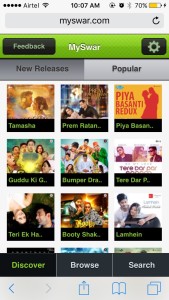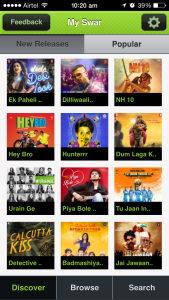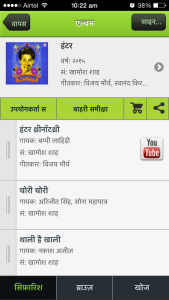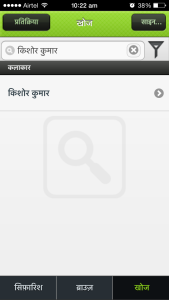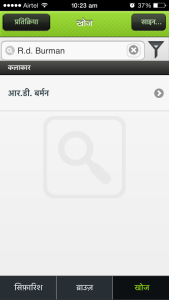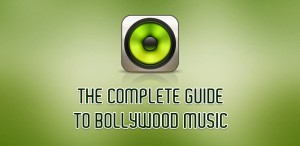[This is the second part of a three-part post covering the digital music landscape. You can read the first post here.]
In the second part , let’s look at the different approaches of music discovery. Regardless of the approach, the end objective is to help people find new music.
Music for music’s sake
The Music Genome Project began listing out the key attributes that define a song with a dedicated team of music analysts who would listen for ‘strains’ or ‘genes’ of a song. This was the basis for Pandora Radio, the pioneer in music discovery. When a user listens to a particular song, Pandora will look at the defining attributes and find the most similar tracks based on these attributes.
A variation of this approach uses computers instead of human experts to get to the song definition. Audio features are extracted using MIR (Music Information Retrieval) techniques. This method may misinterpret songs and attributes by ignoring subjects like lyrical themes, cultural context, moods and situations. The Million Song Dataset from EchoNest is the result of one such MIR exercise. Clio Music is another example of machine-enabled music discovery.
Wisdom of the crowds
Collaborative recommendations are the most basic means for many established platforms to generate insight from the community. Most user driven platforms rely solely on user contributed ratings . The system finds users with similar taste patterns via the recorded metadata, and recommend songs that were appreciated by this group of similar minded users. iTunes has a system called Genius that recommends songs from the iTunes store based on users’ library content and history of song plays, matched against a repository of crowd-ranked data.
The new spin on this method is the social recommendation aspect. This utilizes ratings/recommendations given by close friends within your online social network. The upside here is that users are more likely to trust recommendations provided by people they know. The flip-side is that people in a given network may have very different tastes in music.
Curated playlists
This method would commonly be called ‘non interactive’ as the music played on the website is effectively like a preset radio station. People can browse stations by genre,artists or moods and find a nice blend of familiar with random music. Rhapsody, one of the oldest music services around, offers this feature as an in-house specialty. There can be another model like Live365 where users generate playlists around a much narrower niche and often is better suited to discovering music.
Indie popularity
Indie music is a class of its own. If its never-heard-of artists and never-heard-of bands that you wish to discover, the best tool would be to measure their ‘buzz’ online. Discover sites like Thesixtyone or at Wearehunted measure fan interactions, listener votes and shares/reposting on social networks to uncover new artists. The Hype Machine is another offbeat portal that has been called the ‘Technorati of music’, since it unites the music and the blogging community with a live index of mp3 blogs, and the content is distilled down to a trend of the music that people are talking about online.
The aim behind all this innovation can be explained as a need to market the massive potential of musical long tail content. There is an immense value that people find with the experience of easy access to songs and information. Encouraging people to involve in the music community is the best way to promote it. When there are no barriers to this involvement, is when people stop dependency on piracy and unlawful means to procure something that doesn’t need aggressive marketing of any sort. It’s all about the discovery.
Unfortunately, while music discovery has made significant progress in the West, it’s still in its nascent stages in India. At Mavrix, we’re just beginning to take baby steps towards enabling discovery of Indian music but there is a lot more work to be done.
In the concluding post, let’s talk about the various music consumption models.
